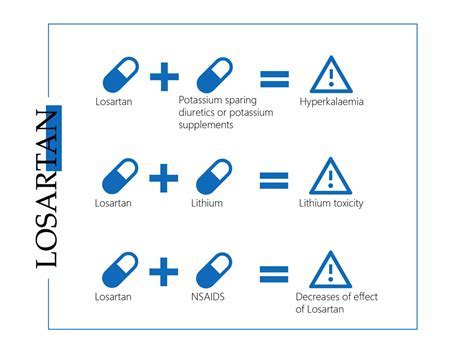Intro
Discover key Amoxicillin facts, including its antibiotic uses, dosage, and side effects, to understand this popular medications benefits and risks, and learn about its interactions and allergic reactions.
Amoxicillin is one of the most commonly prescribed antibiotics worldwide, used to treat a wide range of bacterial infections. Despite its widespread use, many people are not fully aware of the key aspects of this medication. Understanding the basics of amoxicillin can help individuals use it more effectively and safely. The importance of knowing about amoxicillin lies in its potential to cure infections while minimizing side effects and the development of antibiotic resistance.
The use of antibiotics like amoxicillin has become a critical issue in global health, with concerns about misuse and overuse contributing to the rise of antibiotic-resistant bacteria. Therefore, having accurate and comprehensive information about amoxicillin is essential for both healthcare providers and patients. This knowledge can empower individuals to make informed decisions about their health and contribute to the responsible use of antibiotics.
Moreover, the effectiveness of amoxicillin in treating various infections has made it a staple in many medicine cabinets. However, its efficacy can be influenced by several factors, including the type of infection, the dosage, and the individual's health status. By delving into the specifics of amoxicillin, including its mechanism of action, common uses, potential side effects, and interactions with other medications, individuals can better understand how to use this antibiotic safely and effectively.
Introduction to Amoxicillin

How Amoxicillin Works
The mechanism of action of amoxicillin involves interfering with the synthesis of the bacterial cell wall, leading to the death of the bacterial cells. This process is specific to bacteria and does not affect human cells, making amoxicillin a targeted therapy for bacterial infections. Understanding how amoxicillin works can help clarify why it is ineffective against viral infections, such as the common cold or flu, and emphasize the importance of proper diagnosis before starting antibiotic treatment.Benefits of Amoxicillin

Common Uses of Amoxicillin
Amoxicillin is commonly used to treat a variety of infections, including: - Ear infections (otitis media) - Nose and throat infections (such as strep throat) - Skin infections - Urinary tract infections (UTIs) - Pneumonia The versatility of amoxicillin in addressing different types of bacterial infections underscores its value in clinical practice. However, it is essential to use amoxicillin only under the guidance of a healthcare provider, as improper use can lead to reduced effectiveness and increased risk of side effects.Side Effects and Interactions

Precautions and Warnings
When taking amoxicillin, it is crucial to follow the prescribed dosage and duration of treatment. Stopping the medication too soon can lead to incomplete treatment of the infection, potentially resulting in the development of antibiotic-resistant bacteria. Additionally, individuals with certain medical conditions, such as kidney disease, or those taking specific medications, like blood thinners, should use amoxicillin with caution and under close medical supervision.Dosage and Administration

Special Considerations
For certain populations, such as pregnant women, breastfeeding mothers, and individuals with specific health conditions, the use of amoxicillin may require special consideration. Consulting a healthcare provider is essential to weigh the benefits and risks of amoxicillin in these situations and to discuss any necessary adjustments to the treatment plan.Resistance and Misuse

Strategies to Combat Resistance
Several strategies can help mitigate the development of antibiotic resistance, including: - Using antibiotics only when necessary and under medical guidance - Completing the full course of antibiotic treatment as prescribed - Avoiding the use of antibiotics for viral infections - Practicing good hygiene and infection control measures By adopting these strategies, individuals can play a significant role in reducing the risk of antibiotic resistance and ensuring that medications like amoxicillin remain effective against bacterial infections.Conclusion and Future Directions

Final Thoughts
The future of antibiotic therapy, including the use of amoxicillin, depends on a collective effort to use these medications wisely and to support the development of new, effective antibiotics. By promoting awareness, education, and responsible use, we can work towards a future where bacterial infections can be effectively treated, and the threat of antibiotic resistance is mitigated.What is amoxicillin used for?
+Amoxicillin is used to treat a wide range of bacterial infections, including ear, nose, throat, skin, and urinary tract infections.
How does amoxicillin work?
+Amoxicillin works by interfering with the synthesis of the bacterial cell wall, leading to the death of the bacterial cells.
What are the common side effects of amoxicillin?
+Common side effects of amoxicillin include diarrhea, nausea, and rash. In rare cases, it can cause more serious side effects, such as allergic reactions or C. diff infection.
We invite you to share your thoughts and questions about amoxicillin in the comments below. Your engagement and feedback are invaluable in helping us provide the most accurate and helpful information. If you found this article informative, please consider sharing it with others who might benefit from learning more about amoxicillin and its role in treating bacterial infections. Together, we can work towards a better understanding of antibiotics and their responsible use.
